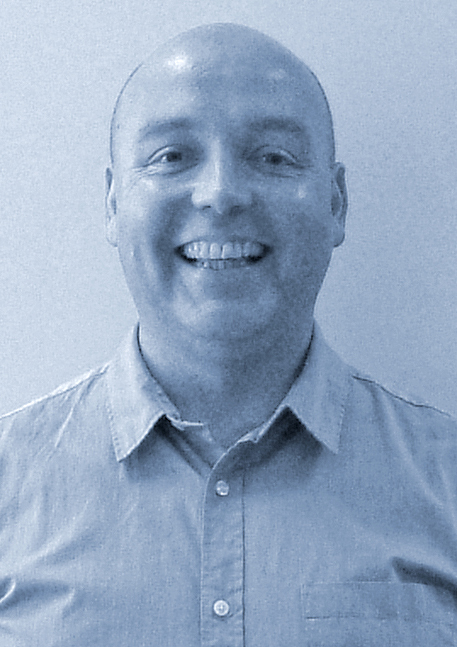
Stuart Stokes
Evidence, published in the Journal of Epidemiology and Community Health, shows the benefits of exercise referral schemes (EOR) are not as large as hoped and concludes UK roll-out needs to be rethought, to maximise effectiveness.
The report drew on measurements including BMI, BP and resting heart rate from 23,731 active participants in 13 schemes. Despite analysis revealing significant improvements in these measures, when figures were compared with thresholds for clinical meaningfulness, the size of changes was small, meaning their impact is unclear.
So how can EOR providers ensure they’re producing ‘meaningful’ results? The issue isn’t solely a lack of data – this was the largest study to date – it’s also that schemes aren’t recruiting the right people.
If we go back to basics, EOR’s aim is to increase activity levels; this is how ‘success’ is measured. Therefore, to get meaningful results, schemes must only recruit those who are genuinely inactive. If a person doesn’t meet inclusion criteria, you’re undermining the impact of the service if you bring them into a scheme.
People surveyed for last years’ report were, on aggregate, already ‘moderately active’. Although they became more active, this change was not seen as positive, as they started from an already active point.
"If we go back to basics, EOR’s aim is to increase activity levels; this is how ‘success’ is measured. Therefore, to get meaningful results, schemes must only recruit those who are genuinely inactive"
In order to get sought-after, clinically meaningful results, operators need to tighten up the access to EOR.
Don’t feel obliged to take inappropriate people simply because they’ve been referred. Be strict about pre-screening, consider deploying a standardised questionnaire and consider asking questions about sleeping, diet and wellbeing scores. Being inactive has a significant effect on these. Your aim is to move people from an inactive status to an active one. Only then can you collect the right type of data to prove EOR works.
It’s what goes in that matters. Who you select will, quite literally, determine the success or failure of your EOR scheme, as well as funding for future schemes and – further down the line – the results of future studies such as these.

Don’t feel obliged to take inappropriate people onto referral programmes simply because they’ve been referred, says Stokes PHOTO: SHUTTERSTOCK.COM/ Dmytro Zinkevych
